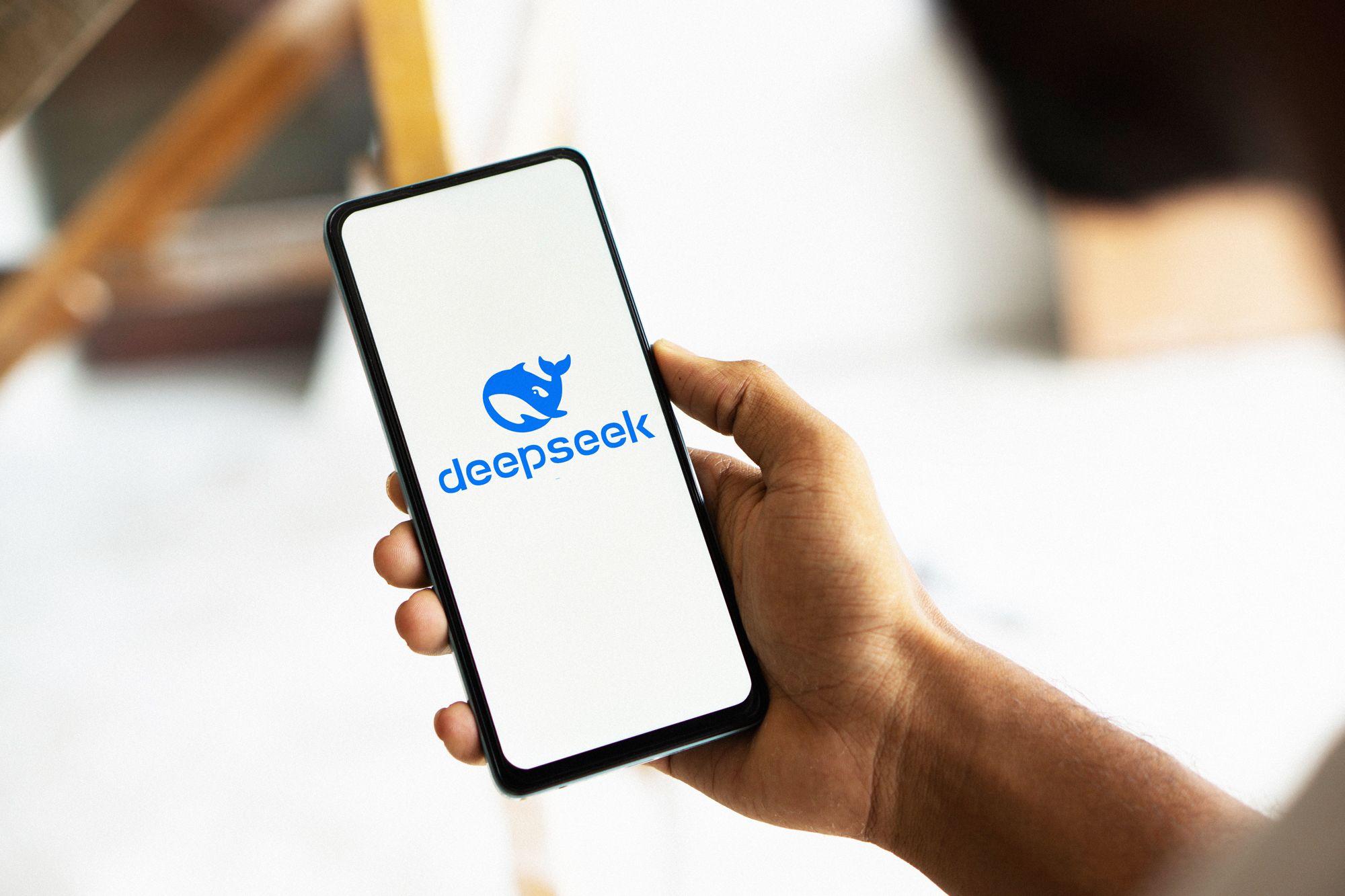In a groundbreaking shift within the artificial intelligence landscape, China has unveiled Deep Seek R1, a sophisticated AI tool poised to challenge major American players like OpenAI. The announcement comes on the heels of a staggering $1 trillion loss in the US stock market, a ripple effect attributed to the launch of this new AI model. Deep Seek R1 is not only a harbinger of competition but also a testament to the potential of AI technology that operates efficiently with substantially reduced resources. Unlike existing leading models such as ChatGPT and Google’s Gemini, which require extensive cloud infrastructure and deep pockets, Deep Seek R1 achieves top-tier performance from a modest setup, promoting an open-source approach that invites widespread access and modification. As the tech world scrambles to understand the implications of this innovation, Deep Seek raises essential questions about the future of AI development and the necessity of enormous financial investments in high-performance computing.In this article, we explore how Deep Seek works, its innovative design philosophy, and what sets it apart from its more resource-heavy counterparts.
Understanding Deep Seek AI: A Game-Changer in the Tech Landscape
Deep Seek AI distinguishes itself through a remarkable architecture that leverages streamlined algorithms to maximize performance without the conventional overhead. This innovative design means that developers can deploy AI applications in a broader context,making advanced capabilities accessible for various sectors,from healthcare to education. The tool’s focus on efficiency and scalability enables users to harness its advantages in situations where computing resources are limited, thereby democratizing access to powerful AI tools across diverse industries. The transformative potential of Deep Seek becomes particularly evident when considering its adaptability; it can modify and optimize its functionality based on user feedback, creating a feedback loop that encourages continual improvement.
Another notable aspect of Deep Seek AI is its collaborative framework,which fosters an engaged community of developers and researchers. The model encourages contributions from diverse stakeholder groups, leading to a rich pool of ideas and innovations that enhance its capabilities. This communal approach not only accelerates developmental cycles but also ensures that the resulting technology aligns with real-world applications and needs. As industries seek more cost-effective and versatile AI solutions, the acceptance of this peer-driven model could redefine standards in technology development, contrasting sharply with existing workflows dominated by closed-source proprietary systems.
Efficiency Redefined: How Deep Seek Outperforms Traditional AI Models
Deep Seek AI operates on a foundation of optimized resource allocation, enabling it to achieve high levels of performance without the extensive infrastructure typically required by traditional models. This approach prioritizes maximizing the efficiency of computations,allowing the system to perform complex tasks with relatively lower memory and processing power. The implications of this transformation are vast, as Deep Seek can be deployed across various platforms, catering to numerous applications while maintaining low operational costs. Users can expect to see enhanced productivity and a reduction in the environmental footprint associated with data processing.
Additionally, the adaptability of Deep Seek underpins its meaningful edge over traditional models. It intelligently learns from user interactions,refining its strategies and outputs to better align with the specific needs of diverse fields. This creates a dynamic where the system evolves, becoming more attuned to real-world challenges without the need for constant manual updates. Together with a framework that encourages open collaboration among developers, Deep Seek is turning conventional AI development on its head by providing tools that not only perform but also *learn* and grow, fostering innovation that is both profound and transformative.
The Open Source Revolution: Implications for AI Development and Innovation
As we navigate the evolving landscape of artificial intelligence, the role of open-source methodologies becomes increasingly critical. The implications of adopting open-source principles within AI development are profound,as they facilitate collective innovation that transcends geographic and financial barriers. By allowing a diverse array of contributors to engage with and modify the code, systems like Deep Seek can utilize community-driven insights to enhance functionality and usability. The collaborative nature of this model not only democratizes access to advanced technology but also instills a sense of ownership among developers and users alike, fostering an environment ripe for exploration and new applications.
Moreover, the shift towards open-source AI heralds a dramatic change in how organizations approach technological advancement. As businesses and institutions begin to embrace low-cost, efficient solutions, they are less hindered by the constraints of proprietary systems that often require hefty investments. Factors such as interoperability and ease of integration become paramount, allowing organizations to remain agile and responsive to market demands. By leveraging tools like Deep Seek, companies can streamline their operations while also contributing to a larger ecosystem of innovation.This approach not only accelerates the pace of change but also raises questions about the future role of traditional tech giants,as they face potential disruption from more nimble,collaborative initiatives.
Market Reactions and Strategic Responses: Navigating the Shockwaves of Deep Seek’s Launch
The launch of Deep Seek R1 has elicited significant reactions across financial and technological landscapes. Investors swiftly recalibrated their portfolios, leading to an immediate reevaluation of tech sector stocks, particularly those associated with traditional AI systems. Market analysts reported unprecedented volatility attributed to the emergence of a cost-effective competitor. With concerns surrounding market share and innovation pipelines, many companies are now being forced to reexamine their current strategies. Key reactions include:
- Increased investment in alternative AI technologies to counteract emerging competition.
- Strategizing mergers or partnerships with open-source platforms to boost competitive advantage.
- Shifts in public relations efforts aimed at reinforcing brand confidence amidst market uncertainty.
Simultaneously, established players in AI are developing strategic frameworks to maintain relevance. Emphasizing continuous innovation,firms are prioritizing research and development initiatives that align with emerging trends underscored by Deep Seek’s capabilities.This is leading to a renewed focus on user-centric AI models, where user feedback informs product evolution and feature enhancements. Companies are also examining their resource allocation methods to mirror the operational efficiencies that Deep Seek presents. Notably, a trend is emerging wherein:
- Corporations are investing in more adaptive and scalable architectures.
- Technology leaders are considering community-driven models to enhance collaborative innovation.
- There is a concerted effort to explore open-source frameworks that can foster greater adaptability and lower costs.























